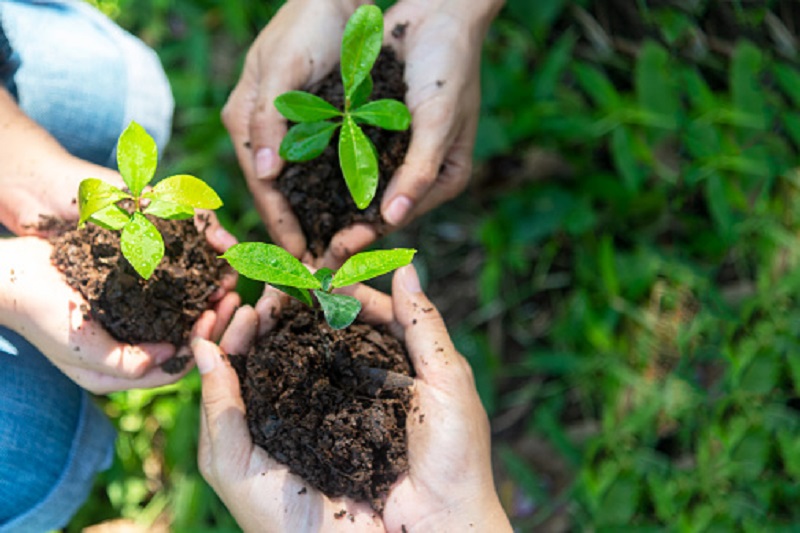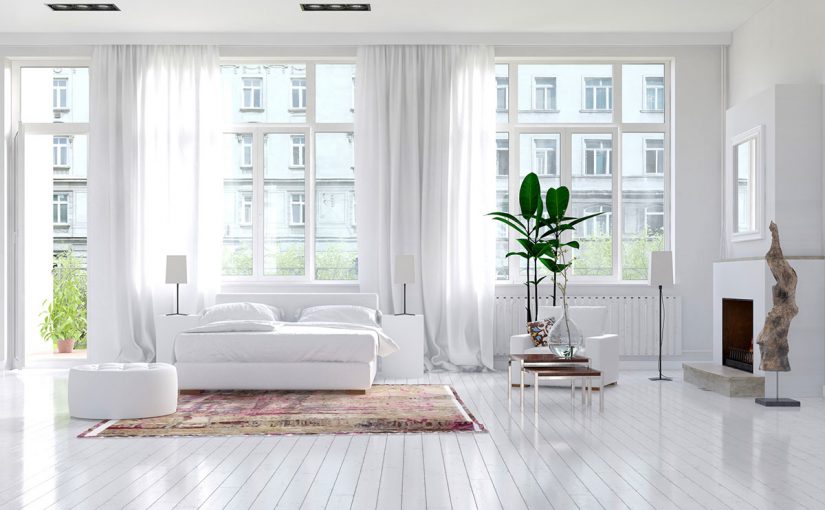on this verbal exchange among anand ethirajalu and style dressmaker shilpa reddy, find out about one-of-a-kind elements of the isha yoga center that clearly make it a sustainable and eco-friendly vicinity. anand is looking after isha’s environmental and agriculture initiatives, along with rally for rivers, cauvery calling, and the isha agro movement. shilpa reddy is mrs. india 2004, a model, fashion clothier, and a proponent of sustainable residing.
A Sustainable Tradition
shilpa reddy: i’ve been coming to the isha yoga center for decades, and the whole lot is so sustainable and ecofriendly. how did this subculture develop?
anand: sadhguru’s vision is for us to live in one of these way that we devour handiest what is clearly wanted, now not just in terms of fabric, however also in phrases of what we watch and what we talk. he always says that if you can reduce what you speak, you’ll be extra green. in addition, whatever we use in the yoga middle – whether it is clothing, food, or different sources – we aren’t stored uncomfortable but on the same time, we use handiest what is virtually wanted.
it isn’t always an imposition or moral duty however a regular focus of ways we use and do matters, due to the fact whatever we do has a footprint in the world. this isn’t always a coaching. you do now not find sadhguru speaking approximately sustainability in any of our satsangs. it’s far an unspoken way of life that has been advanced on the isha yoga middle from the start. the atmosphere is such that new human beings certainly pass in the direction of doing and using just what is needed.
Towards A Zero-Waste Life-Style
shilpa reddy: how do you segregate your waste?
anand: we study waste as recyclable waste and non-recyclable waste. for recyclable waste, the construction crew seems into whether or not they are able to reuse materials, and there may be additionally an aesthetics department that uses this material. you’ll notice that waste material is used in loads of our fixtures and decorations here. whether or not it is a coir rope or plant waste, it’s far integrated into the aesthetics of the vicinity. it isn’t always just about zero waste hong kong – it’s miles about considering that each bit of fabric can be used in a classy way.
non-recyclable waste consists of biodegradable waste that is majorly kitchen waste and waste from our bathrooms and lavatories. kitchen waste consists of cooked and uncooked waste. we are constantly seeing how to minimize the cooked waste via carefully tracking what number of people we need to serve food to every day. apart from food waste, there is biodegradable waste generated thru toilet and bathroom water.
rest room water does not want an tricky device of remedy because it does no longer have stable waste. it goes through greywater treatment, and the handled water is healthy to use in our agricultural lands where we grow herbal produce. for bathroom waste, we have a completely carefully selected green sewage remedy plant generation. bacteria and different mediums are used for breaking down lavatory waste. the dealt with water is also used for our agricultural sports.
shilpa reddy: wow, this is so inspiring! so, there’s not anything really going waste.
anand: yes. as an example, there are sevadhars (workers) who come to isha yoga middle for seasonal paintings. our house responsibilities department systematically collects antique clothes, which we give up simplest after washing and ironing them; those are then given to sevadhars who paintings right here and do no longer have the means to buy new garments.
Herbal And Renewable Strength
shilpa reddy: do you operate herbal energy inside the yoga middle?
anand: to start with, we were dependent on the electricity furnished by way of the energy board. but today, round fifty to sixty percent of our strength intake comes from renewable electricity. we have hooked up solar panels on maximum of the rooftops. we are using sun strength for strength substitution and water heating. another component is that we do not encourage vivid lighting inside the yoga middle, because sadhguru has guided us to try and teach our eyes to look within the dark.
there are a whole lot of locations where we consciously do not have floodlighting or road lighting fixtures. it is not just about electricity or sustainability – it’s miles approximately residing consciously, which certainly reflects on decreasing electricity intake. on the equal time, we do now not compromise on humans’s safety. we offer lighting anywhere it’s far definitely required.
sadhguru also says that you’ll preserve the human device in one of these manner that in preference to the usage of air-conditioning to moderate the paintings environment, you could slight your frame to face up to bloodless and warmth. in every way, he goes again to the yogic lifestyle wherein residing consciously certainly brings approximately a sustainable way of dwelling.
Aware Meals Selections
shilpa reddy: and what about food and vitamins?
anand: there are many varieties of minor millets that have historically been grown on this united states of america. these are wealthy in calcium, magnesium, and different micronutrients which might be very crucial for our fitness. but for the final fifty to sixty years, there has been a misperception that millets are bad guy’s meals. people favor to eat white rice, which does now not have any nutrition. it’s far plain starch. if we will exchange this mindset and bring returned what we as a subculture had been eating some hundred years ago, it will prevent diabetes and offer adequate nutrition.
any other issue is that minor millets need simplest ten to twelve percentage of the water that a paddy crop requires, which means that we need now not exhaust our groundwater to develop paddy and wheat. like sadhguru says, if we shift at least thirty percentage of our weight loss program to millets, native grains and cereals, there will also be a shift in agriculture from paddy and wheat to millets. this may be correct for the surroundings.
Watching What We Wear
anand: sadhguru says that we need to consciously wear fabric that is manufactured from natural, natural substances. these days, there may be cloth fabricated from bamboo, cotton, hemp, jute, and different herbal fibers. there is a lot of scope to reduce down on synthetic poly fibers. one 1/3 of the land ought to be used to grow herbal fibers that can be made into fabrics. these fabric may be marketed inside the us of a, and there is also a huge export capacity for india. today, most people of clothes are made of polyester and different artificial mixes, which can be accomplished away with for our personal well-being, and that of the planet.
Crafting a Cnscious Planet
anand: if we convey in thirty to thirty-5 percent culmination into your weight-reduction plan, every other thirty to thirty-five percent millets, native cereals, and traditional grains, and if we additionally shift to organic fabric, we can attain sustainability for human health in addition to for the planet. that is the imaginative and prescient that sadhguru is talking about, of crafting a aware planet. it is about marrying ecology with financial system and seeking to see how we can carry in some of these factors in a very inclusive manner, instead of imposing them as a law or ethical obligation. converting our lifestyle is the way forward. this is the manner that sadhguru asks us to pick out, because we’ve the freedom to pick out.



